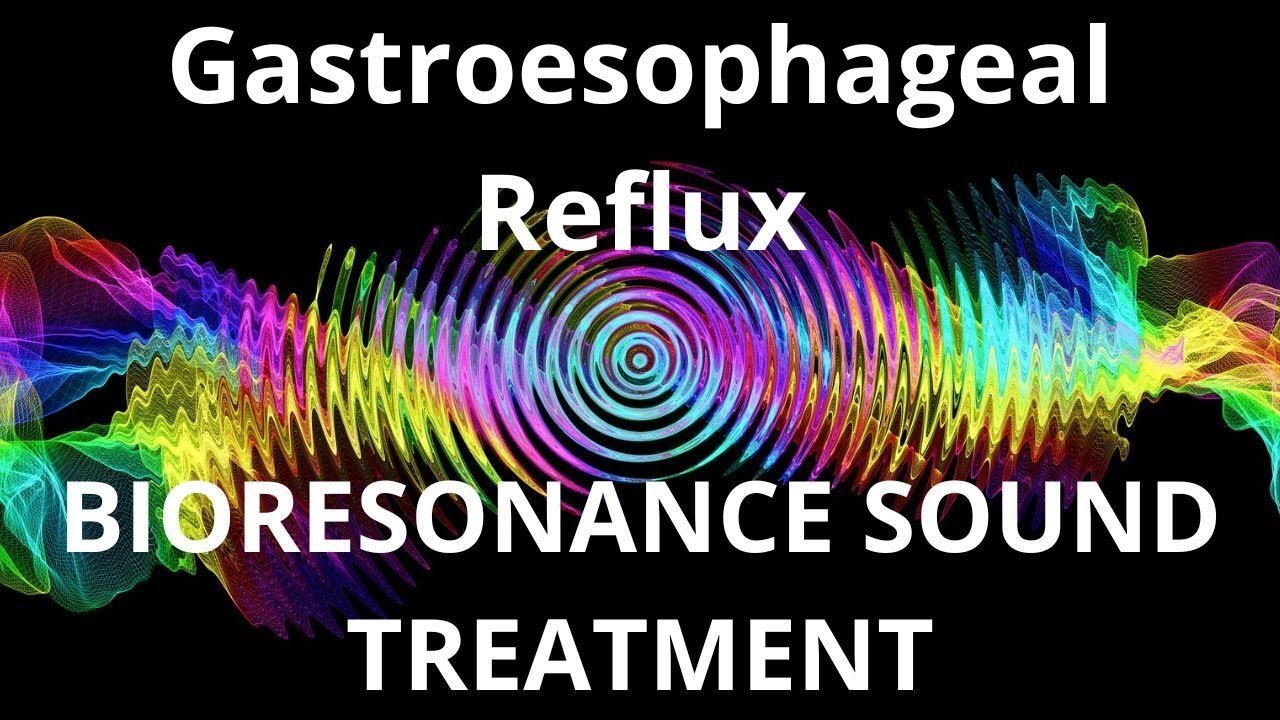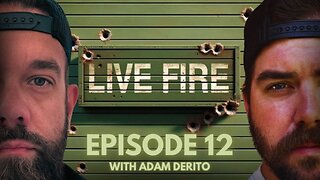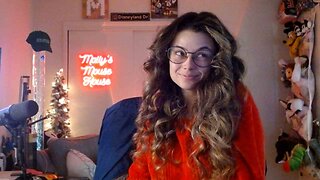Premium Only Content

Gastroesophageal Reflux_Resonance therapy session_BIORESONANCE SOUND THERAPY
#bioresonance #Resonance therapy session#sound_treatment
Gastroesophageal reflux disease (GERD) occurs when stomach acid repeatedly flows back into the tube connecting your mouth and stomach (esophagus). This backwash (acid reflux) can irritate the lining of your esophagus.
Many people experience acid reflux from time to time. However, when acid reflux happens repeatedly over time, it can cause GERD.
Most people are able to manage the discomfort of GERD with lifestyle changes and medications. And though it's uncommon, some may need surgery to ease symptoms.
Common signs and symptoms of GERD include:
A burning sensation in your chest (heartburn), usually after eating, which might be worse at night or while lying down
Backwash (regurgitation) of food or sour liquid
Upper abdominal or chest pain
Trouble swallowing (dysphagia)
Sensation of a lump in your throat
If you have nighttime acid reflux, you might also experience:
An ongoing cough
Inflammation of the vocal cords (laryngitis)
New or worsening asthma
Algorithmic piano music mixed with audio frequencies.
Music affects a person, it can calm and cheer up, sounds can heal. The therapeutic effect is due to the frequency fluctuations of various sounds that resonate with various organs of the body. Sounds have bioresonance compatibility with the vibrations of human internal organs, which is the basis of the positive effect of sound treatment. The sound vibrations of music trigger many mechanisms of higher nervous activity in the patient's subconscious and start the healing process.
Frequency therapy can significantly reduce the need for drugs
Bioresonance therapy can be used to correct allergic pathologies that preclude the use of pharmacological agents.
Resonance-frequency exposure is effective for individual prevention of exacerbation of a number of chronic diseases, without the use of drugs
The introduction of bioresonance therapy into clinical practice will allow the treatment of patients with greater efficiency.
The technique of resonant-frequency exposure can be used both as monotherapy and in combination with pharmacotherapy and other conventional methods of treatment.
Sound therapy does not replace medical treatment, but complements it, improves the positive dynamics of treatment and speeds up recovery.
TO ACHIEVE A POSITIVE RESULT, DAILY LISTENING TO VIDEOS IS REQUIRED.
I wish you health and prosperity!
You can purchase unique medicines in my store:
https://store11998180.company.site/
You have the opportunity to support the channel:
https://destream.net/live/RadSiarAl/donate
-
 7:32
7:32
CoachTY
16 hours ago $12.19 earnedWHALES ARE BUYING AND RETAIL IS SELLING. THIS IS WHY PEOPLE STAY BROKE!!!
124K8 -
 1:01:00
1:01:00
Talk Nerdy 2 Us
13 hours ago💻 From ransomware to global regulations, the digital battlefield is heating up!
44.4K2 -
 3:00:24
3:00:24
I_Came_With_Fire_Podcast
16 hours agoHalf the Gov. goes MISSING, Trump day 1 Plans, IC finally tells the Truth, Jesus was NOT Palestinian
92.4K38 -
 4:11:49
4:11:49
Nerdrotic
18 hours ago $42.87 earnedThe Best and Worst of 2024! Sony Blames Fans | Batman DELAYED | Nosferatu! |Friday Night Tights 334
209K39 -
 7:55:51
7:55:51
Dr Disrespect
22 hours ago🔴LIVE - DR DISRESPECT - WARZONE - SHOTTY BOYS ATTACK
250K33 -
 1:30:23
1:30:23
Twins Pod
21 hours agoHe Went From MARCHING With BLM To Shaking Hands With TRUMP! | Twins Pod - Episode 45 - Amir Odom
158K34 -
 1:02:30
1:02:30
Exploring With Nug
23 hours ago $4.84 earned2 Duck Hunters Missing After Kayak Capsizes!
78.6K6 -
 46:48
46:48
Mally_Mouse
16 hours agoLet's Hang!! -- Opening Christmas gifts from YOU!
84.1K1 -
 44:55
44:55
Athlete & Artist Show
20 days ago $2.50 earnedNHL 4 Nations Snubs, Was Hawk Tuah Coin A Scam?
78.8K -
 33:47
33:47
Stephen Gardner
22 hours ago🔥Pentagon Whistleblower UNLEASHES on Biden and Obama!
134K296